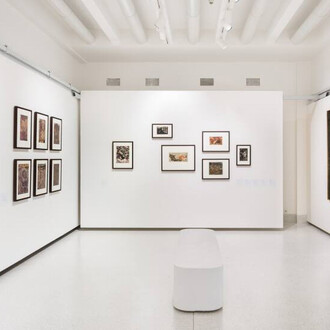The Norbert Grund (1717–1767). The Charm of the Everyday exhibition is the first such event to present Grund’s genre painting, depicting scenes from everyday life, in a broader context. The individual sections of the exhibition examine a variety of different themes and facilitate a comparison of the artist’s works with contemporary Central European cabinet painting and pictures that could have inspired his own output. An independent chapter is devoted to etchings made by Jan Jiří Balzer (1734–1799) that document the popularity of Grund’s paintings. The exhibition is complemented by examples of decorative art objects illustrating the culture of the Rococo period.
Norbert Grund trained with his father Christian Grund, who was court painter and curator of the Liebsteinsky of Kolowrat picture gallery. After completing his apprenticeship, Grund went abroad to study art. He also sought inspiration in aristocratic picture galleries and prints. In 1751 at the latest, he returned to Prague where he married. From then until his death in 1767 the artist lived in Prague’s Lesser Town where he was a member of the Painters’ Guild. Grund seems to have worked for the art market and only seldom on direct commission. His paintings enjoyed considerable popularity, especially among the educated middle class and artists; his paintings were also in monasteries and aristocratic collections.
The last solo exhibitions on Norbert Grund were held in the Belvedere in Vienna and the Prague Loreto in 1967 (and on a smaller scale in Liberecin 1972). Since then our knowledge of Grund’s oeuvre has considerably expanded, enriching the preparations for the current exhibition on view in Kinsky Palace and a comprehensive monograph on Norbert Grund, due to appear in print in 2018.
















